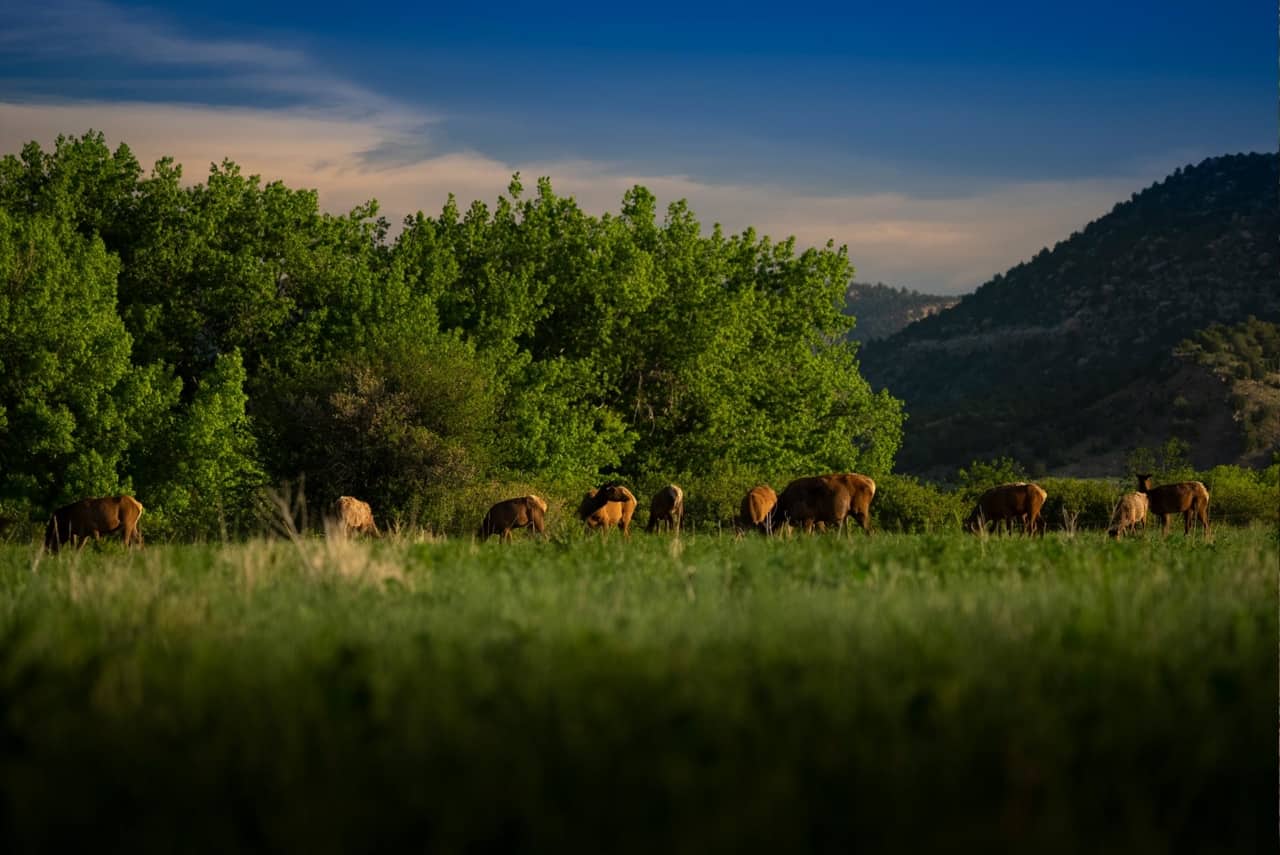The outdoor recreation economy roared back to life in 2021. In fact, a U.S. Bureau of Economic Analysis (BEA) report revealed that “inflation-adjusted GDP for the outdoor recreation economy increased 19% in 2021 to $454 billion.” That’s an especially impressive result given the sector’s 22% decrease during the pandemic in 2020.
A Comeback Story
A big part of the sector’s comeback, beyond consumer spending, was fueled by increased employment in all 50 states and the District of Columbia. According to the report, outdoor recreation employment increases in the states ranged from as high as 23% in Hawaii to a still impressive 7% in Michigan. Adding the economic impact of those jobs to the outdoor recreation GDP increases the industry’s overall 2021 economic impact to $862 billion, nearly 2% of our nation’s gross domestic product.
Other 2021 highlights from the report included:
- Boating/fishing was the largest “conventional” outdoor activity, delivering $27.3 billion in spending;
- RVing was the second-largest activity at $25.1 billion;
- Hunting/shooting/trapping ranked next at $10.8 billion;
- Snow activities across the nation generated $5.2 billion, including significant contributions from western states (Colorado, $1.3 billion; Utah, $519.4 million, and California $505.7 million).

All this growth has outdoor industry advocates looking for ways to keep the sector rolling. According to a story in the Colorado Sun they are seeking more federal support of the industry. Specifically, many would like to see the House pass the America’s Outdoor Recreation Act. Approved by the Senate in 2020, the act aims to streamline federal permitting for outdoor recreation.
The federal government previously fueled the sector with the 2020 passage of the Great American Outdoors Act, which fully supports the Land and Water Conservation Fund and also directs $9.5 billion to the National Park Service to help address its enormous list of deferred maintenance projects. States have increasingly sought to cash in on the boom as well, with 18 of them establishing state offices of outdoor recreation since 2017, according to the Sun’s reporting.
All of which is good news, save for one sobering downside: The increased outdoor activity comes with an increased impact on the land, wildlife, and water where it plays out – and some of that impact has negative consequences.
Studies Show The Challenges
For example, the Theodore Roosevelt Conservation Partnership (TRCP) published a study about the “wide range of challenges, including habitat fragmentation and loss from expanding human development,” that has had a troubling impact on Colorado elk herds. The TRCP study notes those challenges are especially worrisome in light of the fact that the state elk population has risen from just 40,000 in the 1990s to 300,000 now, thanks to “committed efforts by state agencies, federal land managers, and other stakeholder groups.”
The explosion in the number of people who want to experience Colorado’s natural wonders – the TRCP study cites a 44% growth in recreational trail use between 2014 and 2019 – is fragmenting the elks’ wildlife habitat because the animals “avoid areas where they are frequently disturbed by the presence of humans.” The study, which offers a wealth of additional data, notes that “factors contributing to local declines in elk numbers—including trail-based recreation—can be mitigated by thoughtfully updating policies and best practices for habitat management.”
Balancing All Needs on Private Lands
Public lands aren’t the only place where a collision between wildlife and humans needs to be mitigated. In Wyoming, the U.S. Department of Agriculture (USDA) recently committed $16 million to preserve big-game habitat on working ranchland in the state, helping producers and Native American tribes preserve migratory species such as elk, pronghorn antelope, and mule deer. (Read the Farm Progress story.)
“USDA has long recognized the importance of working with farmers, ranchers and other private landowners through a voluntary, incentive-based approach,” USDA Secretary Tom Vilsack said when he and Wyoming Gov. Mark Gordon signed the agreement.
Wyoming also has collaborated within the state to support wildlife on private land. In 2020, Gov. Gordon signed a Migration Corridor Executive Order developed by representatives from agriculture, conservation groups and other interests to preserve critical migration corridors for mule deer and antelope in the state through the use of voluntary easements.
Obviously, issues about the “collision” of people with wildlife, as well as continued development of homes in the wildland urban interface, aren’t going away. Other issues impact land use as well, such as access to public land. We’ll address those issues in the months ahead; until then, feel free to reach out to the experts at Mirr Ranch Group to answer your questions.

Obviously, issues about the “collision” of people with wildlife, as well as continued development of homes in the wildland urban interface, aren’t going away. Other issues impact land use as well, such as access to public land. We’ll address those issues in the months ahead; until then, feel free to reach out to the experts at Mirr Ranch Group to answer your questions.
